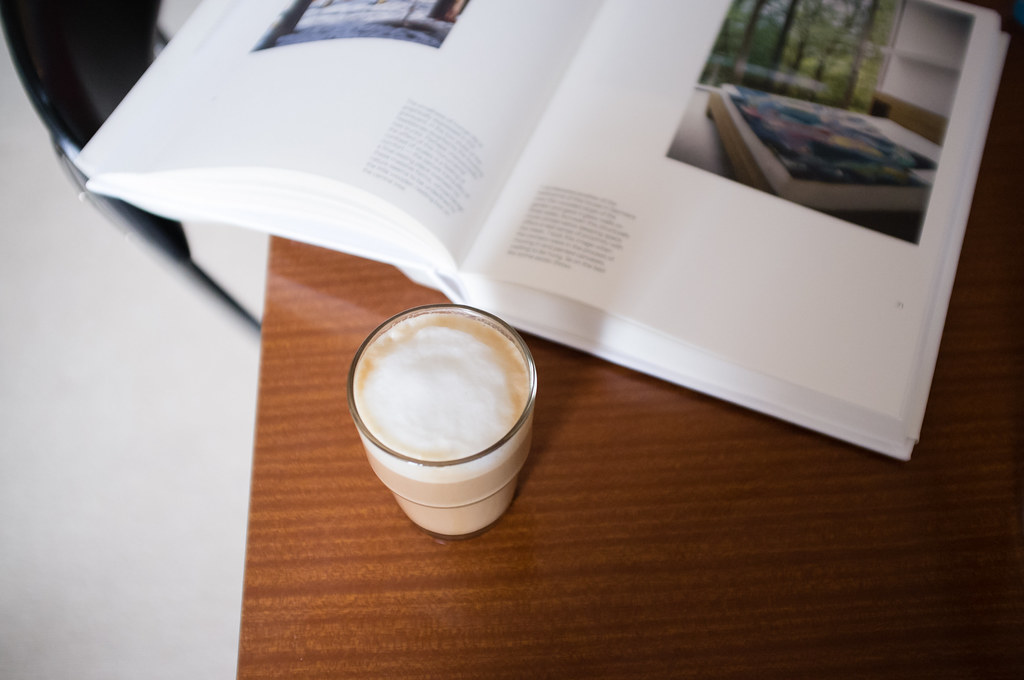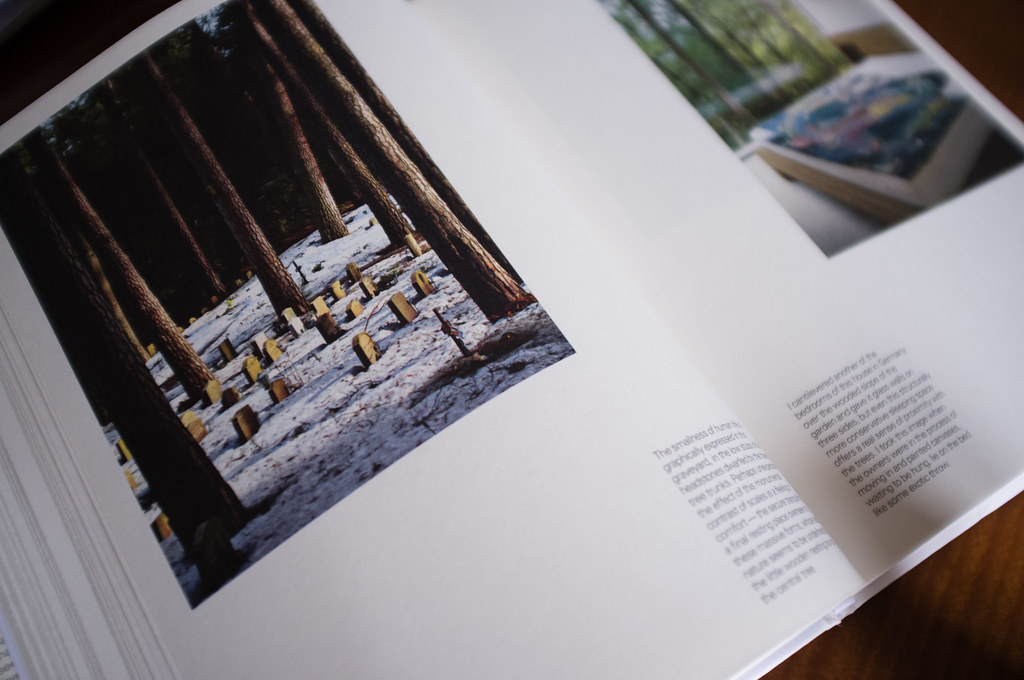John Pawson – A visual inventory
I recently got hold of a copy of – John Pawson – A visual inventory – which is incredibly cheap at around £20 on Amazon. After reading a Guardian article about the book I was intrigued as to the quality of the content of the book, essentially a series of snaps and observations from one of the most minimal Architects working in the UK. His last book, which I bought whilst I was still at University, was called Minimum and, as per it’s title, was about as minimal as you could get. If I was entirely honest it wasn’t my thing at the time.
When I got the book I was struck by the richness of the imagery and the sheer variety of images from his travels around the world. In some ways the words and captions as well as his opening text were equally as powerful. The excerpt below from the introduction is for me a great description of the power of imagery as an Architect.
Part of the daily compulsion of photography is that it allows me to see what I saw over and over again. A camera is essentially and eye with a memory and I would be the first to admit that I am obsessive where this facility for recall is concerned. Since first acquiring a digital camera, I have accumulated over a quarter if a million image files. On the one hand, there is an attraction to photography’s speed and immediacy. Where the process of making a building is usually measured in years, an image can be captured in a fraction of a second. But more pressing for me is the sense that if you don’t record everything, moments slip away and are lost forever. Maybe I am particularly sensitive to this because architecture is a relatively permanent medium, involving enduring arrangements of stone, glass, timber and metal. My instinct is to translate things into a form I can hold onto and come back to – even letters and odd lines from books. You never know when a picture capturing the texture of a wall in Syria in the midday sun might be just what you ned as a reference to convey and idea to a client or colleague. When a member of a team returns from a site visit full of enthusiasm for a building or detail they have seen, my reflex response is always, ‘show me the photograph’.
I’m intrigued by the idea of a daily compulsion to photograph, to record, to capture or to retain or even amplify a memory. It’s a theme I have started to become more and more interested in after seeing family albums from my childhood as well as images of my Grandparents as young adults. The recording of images has massive significance in this context for later generations and I’m hoping won’t die. I’ve also tried to engage in this following my 365 project in 2009 and more recently by starting to collate prints of each year in boxes and maybe albums going forward. I like the idea of snaps also and that not too much artistic or overt meaning is overlaid in the first instance which could otherwise stop you taking that photo. Surely better to snap some friends, that interesting light, or that texture on the pavement that would otherwise be missed and entirely forgotten than to hold back as it’s ‘not good enough’. The message I get from this book is almost certainly – take more pictures!
Pawson seems to summarise a unique way of seeing through his book that in some ways I feel only an Architect could do. He’s not a photographer as such but he is using the medium to his advantage and again that medium is informing how he sees, his compulsion makes him see so much more and he has seemingly become acutely aware of his surroundings. He clearly has a real intrigue, eagerness and passion for seeing which is so well described here. It’s incredibly inspiring to read through and delve into the image captions. The work also has all sorts of meaning for an Architect reading and is incredibly thought provoking. I read the book in two sittings to process the first series of images before going back for more. I think I’ll be dipping in again and again in the future.
The smallness of human life is graphically expressed in this graveyard, in the low stubs of the headstones dwarfed by the towering tree trunks. Perhaps unexpectedly, the effect of this monumental contrast of scales is a feeling of comfort – the secure tranquility of the final resting place overseen by these massive forms, whose benign nature seems to be underlined by the little wooden nesting box on the central tree.
An example of one of the short captions that accompanies each image. They’re short enough to not get bogged down in, but long enough to give some background and context to each image and describe what Pawson saw that fascinated him so much. In summary, a beautiful book to own. I think mine will be very tattered before too long. A must purchase for any Architect with even the slightest interest in visual representation or photography.
Updated: A few of the spreads are on the Pawson Tumblr account. avisualinventory.tumblr.com

